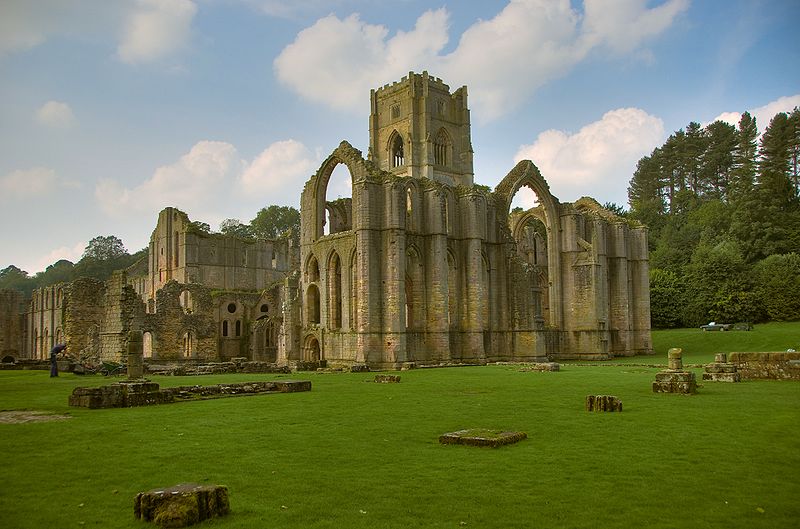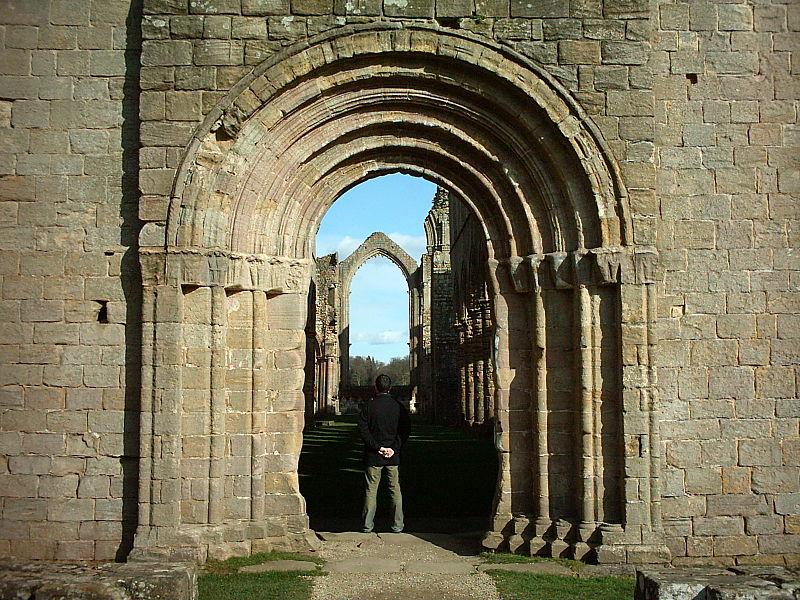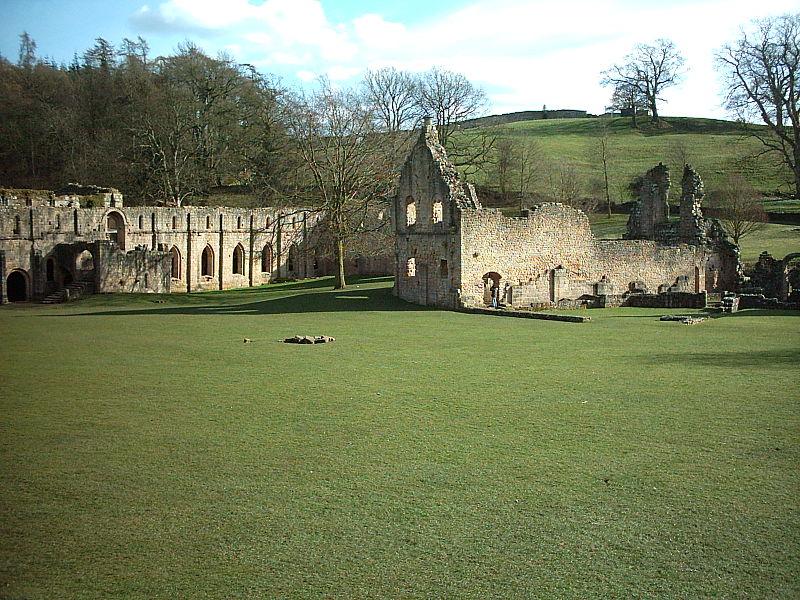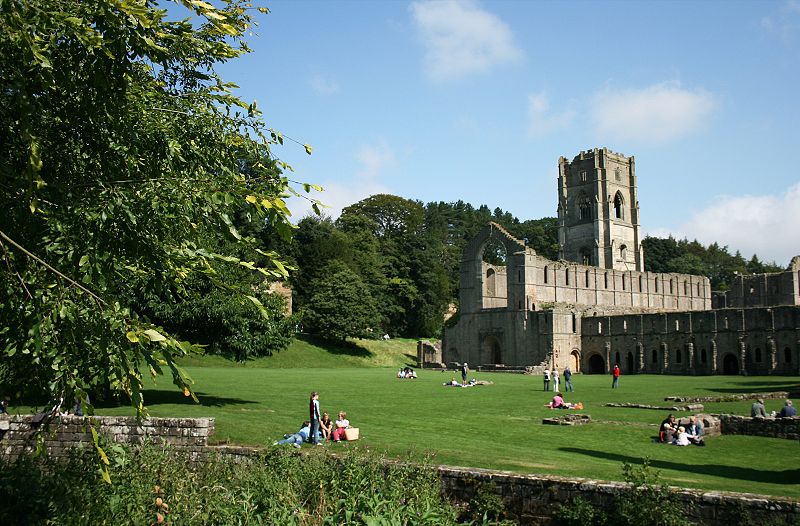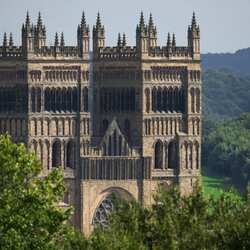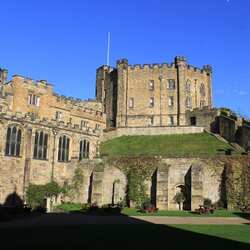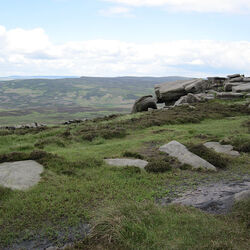Fountains Abbey
Fountain Abbey is the remains of England's largest Cistercian monastery from the Middle Ages, located in North Yorkshire near the town of Ripon. Another name for the architectural complex is Fountains Abbey.

The founders of Fountain Abbey were thirteen Cistercian monks who were expelled from the convent of the Virgin Mary in York. Archbishop Thurstan of York allowed them to settle on the banks of the River Skell. In the 12th century, the development of the territory allocated to him began, which lasted for several centuries. The York archbishops became their patrons, and thanks to this, the monks managed to turn their monastery into the most magnificent monument of English Gothic. They developed economic activities, began to earn considerable income, and helped the local population. In the 13th century, this monastery was the richest, grandest and most prosperous in all of England.
In the 16th century, the ruler of the country, Henry VIII, established a church reform, the main purpose of which was to obtain a divorce from his wife. He ordered the closure of all monasteries. As a result, the buildings of Fountain Abbey were destroyed, and the king took the lands for himself. In 1539, Fountains Abbey ceased to exist. The remnants of the building material were used in the construction of the Fountains Hall.
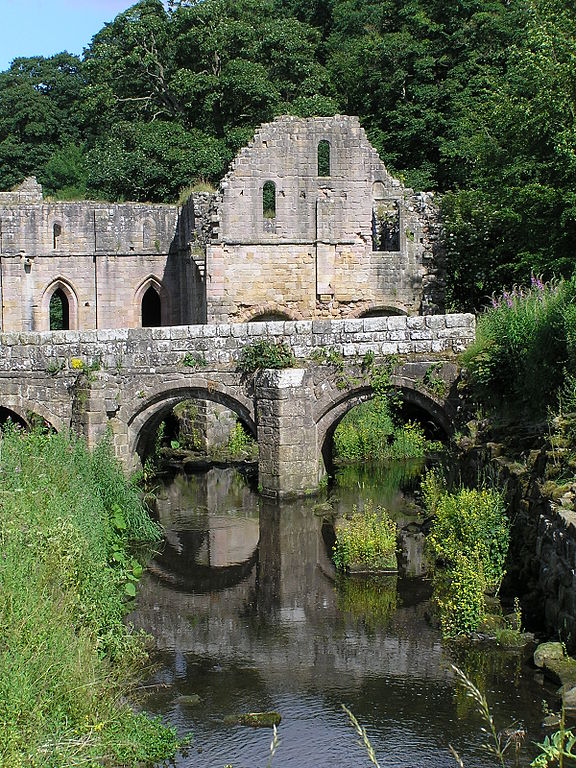
With the revival of interest in the Gothic style, the surviving remains of the monastery began to interest connoisseurs of early Gothic architecture. Since the 18th century, the ruins of the complex began to attract more and more visitors. During the reign of Queen Victoria, the Royal Steel Park with many canals and lakes with a total area of 150 hectares was built around the abbey. St. Mary's Church was also built.
Today, this architectural monument of early Gothic is visited by thousands of tourists from all over the world. Its main decoration is columns and capitals made of bare sandstone, as the paint and plaster were washed away under the influence of time, rain, and snow. The cells in which the monks lived have survived to this day, the most surviving of all the other buildings. A watermill has also been preserved. Anyone can grind the flour on it themselves.
Fountain Abbey is the center of a historical and architectural complex, which is part of the UNESCO World Heritage Site.
